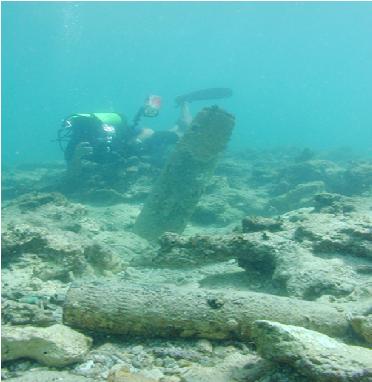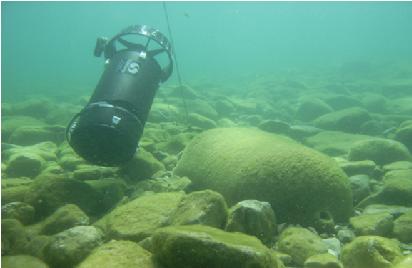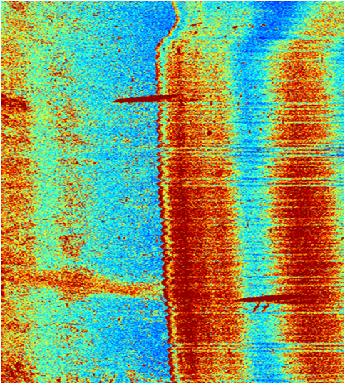The Problems of Locating Underwater Munitions
Much research and development has been accomplished to locate UXO on land. Metal detection instruments and software, including some frequent advertisers in this publication, are quite good at finding UXO and differentiating intact items from frag. Also, old military bases will often have maps delineating where the mortar, bombing or artillery range was, the firing line and the target area. The target area might only be ten acres for artillery and mortar ranges or even only a hundred for a bombing target. Aerial photography or LIDAR can quickly show the impact craters.
While some R & D work has been done to find underwater UXO, this area seems to lag behind. One troublesome aspect is that underwater searches often must cover much larger expanses than land searches. For water ranges the chart is just a rectangle covering dozens of square miles of open water.
Locating UWUXO using SCUBA gear presents its own problems. For land searches, before GPS, we would attach a reel of yellow mason's string to our belt and unwind it as we searched with a metal detector. The line would be tied off at the end of the grid. We would step over 3 feet and walk back trailing another line. The spot you missed where you walked around the rattle snake or shrub would be readily apparent. This can be done with SCUBA, but the line must sink. Some use crab line but it is not a bright color and is very thick.
UWUXO searches present other problems. First, it is very difficult to swim a straight line for a search pattern, even with a scooter. Second it is difficult to tell exactly where one swam. Sometimes, the line is tied to a buoy line swivel and the diver swims in circles letting out a little line (determined by visibility) each time the circle is completed. However, the circles will have significant gaps in between or will have to overlap significantly. Air time is limited.
Divers can be towed on a sled behind a boat (5 MPH maximum speed from experience). GPS can keep the boat to straight lines (more or less). However, the diver must toss out a cylindrical buoy with a weighted line for each UXO or have some other way to identify location. (Replace the GPS marker button with a socket and plug in a 12v electrical cord with an underwater switch taped to the sled rope).
Using sonar from a boat is one method of locating underwater unexploded ordnance (UWUXO). Conceivably one or more of the items shown above could have been located with sonar, but it would have been unlikely in the author's opinion. Even if possible, it would have required many hours of pouring over image video. This might be justified if you were Mr. Fisher searching for the Atocha and its 400 million, but not for an initial UWUXO survey.
Sonar does work well for sandy bottoms. Suspected pair of general purpose, high speed, low drag, bombs (aerodynamic bombs), 500 to 2000 lbs. Naval Research Laboratory range fan off Talbot Co. MD. Found in 90 feet of water by James Barton and Richard Albright II (the Author's son). Note the track scoured by the bottom bomb across the shallower bank to the left. Also, these bombs should have been in pods of three so either one detonated or it is in the shallower water which was not searched.
Sonar can be used with GPS for an accurate search grid or even used weighted marker buoys at each end of the search. Calm winds and little current can aid accuracy, but expect that spots will be missed. In clear water, inexpensive video cameras used for finding fish can be used from the boat.
Sonar can work for larger objects like a shell disposal pile or a sunken bomber or warship. The old twin beam magnetometer hanging off each side of the boat can also record large items of UWUXO quite well and can be used with modern GPS. Rumor has it that Fisher found the Atocha by locating some iron barrel hoops using such a twin beam detector. Droids, Remote Aquatic Vehicles, (RAVs) have been used to find mines. They surface when they detect a mine and lock in a GPS position. However, they can cost upwards of a quarter million dollars and can easily get lost. (The Navy lost four RAVs looking for mines in the Chesapeake Bay).












There are no comments for this entry.
[Add Comment]